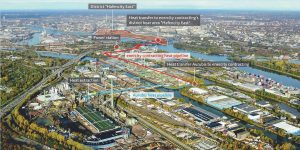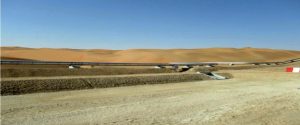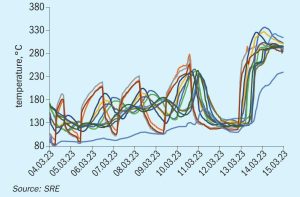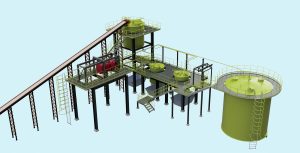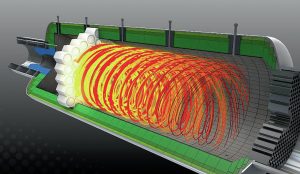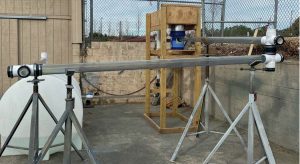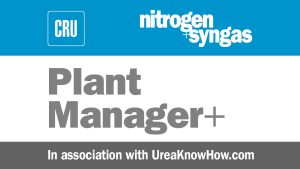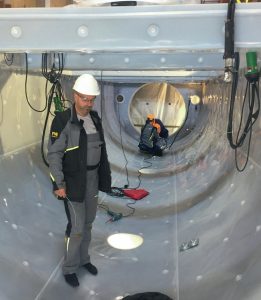
Protecting your assets with PFA
In this case study AGRU Kunststofftechnik reports on how a new condenser design, engineered by OMV and INWA AG using PFA sheets from AGRU, was implemented at OMV refinery in Austria to address maintenance problems due to corrosion of the wet sulphuric acid (WSA) condensers and the follow-up units.

